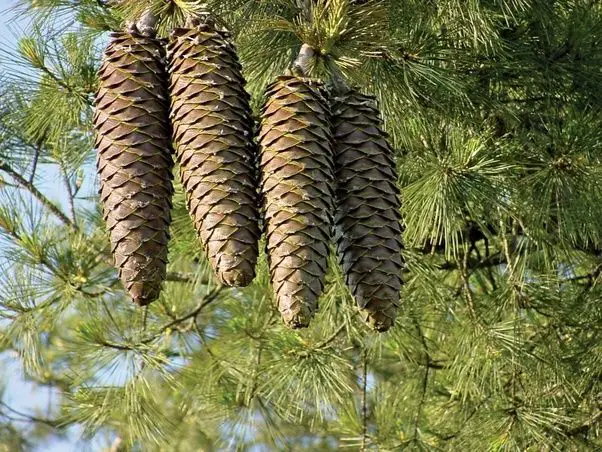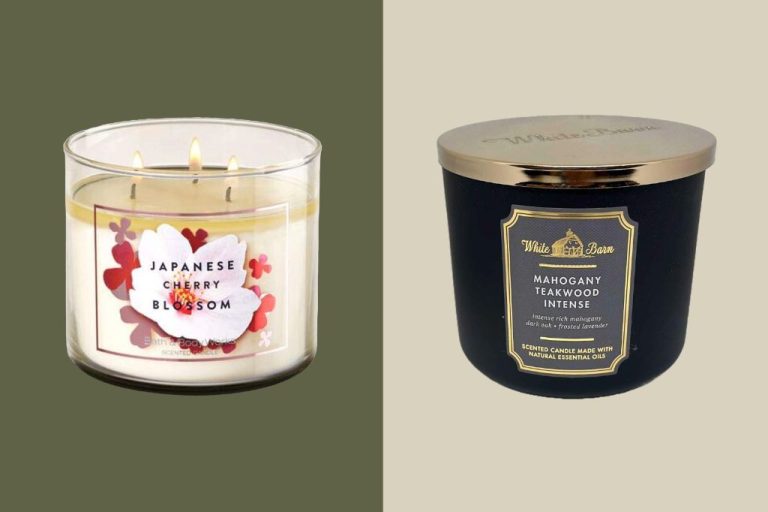Does Balsam Fir Smell Good?
The fragrance of a fresh-cut Christmas tree is a beloved part of the holiday season for many families. Among the most popular varieties displayed in living rooms across America is the Balsam Fir, distinguished by its dense, pyramidal form and needles that emit a refreshing, crisp evergreen aroma when crushed. But why exactly does this tree smell so good to us? The distinctive scent of Balsam Fir comes from an intricate blend of aromatic compounds within the needles and wood. When we breathe in these volatiles, they bind to receptors in our nose, triggering neurological signals that we interpret as pleasant. However, our olfactory experiences are highly individualized. Not everyone may find Balsam Fir that appealing. By exploring the science, history and personal associations behind this smell, we can better understand the complexities of our scent perceptions.
Description of Balsam Fir
The balsam fir (scientific name: Abies balsamea) is an evergreen coniferous tree that is native to northeastern North America. Its natural range extends from Newfoundland west to eastern Manitoba, southeastern Saskatchewan and Minnesota, with isolated populations in West Virginia. It is typically found growing in the northern parts of the eastern U.S. states as well as the southern provinces of central Canada.
Balsam firs are medium-sized trees that usually reach 40–60 feet in height with a narrow conical shape, though some exceptional specimens attain 100 feet. The bark starts out smooth and grey but becomes rougher and scaly as the tree matures. The needles are flat, soft, flexible, aromatic, and measure 3⁄4 to 1 1⁄4 inches in length. They are glossy dark green on top and have two white bands underneath. The needles are arranged in a flat spiral pattern on the twig.
The cones are cylindrical in shape, erect, 2–4 inches long, about 2 inches wide when open, and dark purple before maturity.
Overall, balsam firs have a narrow conical form with soft, flat aromatic needles that give off a pleasing fragrance when crushed. They are a distinctive and attractive fir species native to northeastern North America.
Traditional and Modern Uses
Balsam fir has long been associated with the holidays and Christmas tradition. The evergreen tree is a popular choice for Christmas trees due to its pleasing shape, fragrance, and ability to retain its soft needles for weeks. According to the National Christmas Tree Association, balsam fir is one of the top three most popular Christmas tree species in North America (source).
The refreshing evergreen aroma of balsam fir has also made it a staple in potpourri and aromatherapy products. The essential oil is steam distilled from the needles and twigs and has a sweet, woodsy, and pine-like fragrance. Balsam fir essential oil is believed to have uplifting and stress-relieving properties, making it a popular addition to scented candles, room diffusers, massage oils, soaps, and more (source). Its clean and crisp scent provides a refreshing sensory experience.
Fragrance Compounds
The distinctive scent of balsam fir comes from several fragrance compounds within its needles and wood. The most abundant of these aromatic compounds are:
- Alpha-pinene – This gives balsam fir its fresh, pine-like fragrance. Alpha-pinene is found across many coniferous trees and is one of the most common terpenes in nature.
- Delta-3-carene – This compound has a sweet, piney aroma and is often used in perfumes and fragrances. It is present in high concentrations in balsam fir.
- Limonene – This citrusy-smelling hydrocarbon provides balsam fir with aspects of its citrus and orange notes. Limonene is commonly used as a fragrance additive.

The proportions and combinations of these and other fragrance compounds give balsam fir its characteristic Christmas tree smell that many people enjoy.
Olfactory Receptors and Smell
The sense of smell begins in the nose, where odor molecules bind to olfactory receptors located in the olfactory epithelium. Humans have approximately 400 different types of olfactory receptor genes, which allow us to detect a wide range of odor compounds 1. Each olfactory receptor neuron expresses only one type of olfactory receptor protein, following the “one neuron-one receptor” rule 2. When an odor molecule binds to a matching receptor, the neuron is activated and sends signals to the olfactory bulb in the brain.
Genetic differences contribute to individual variations in smell perception. Researchers have discovered that variations in olfactory receptor genes correlate with sensitivity to certain odors. For example, a variation in the OR11H7P receptor gene is associated with the ability to smell beta-ionone, a key compound in the scent of cedarwood 3. So genetics plays an important role in determining which scents an individual can detect.
Personal Experiences
Many people describe the scent of Balsam Fir as reminiscent of a freshly cut Christmas tree. On online forums, some comments include:
“The smell of Balsam Fir brings me right back to Christmas as a child. Going out into the woods with my family to cut down our tree, and having that crisp pine scent fill the whole house when we brought it inside.” (Source)
“I love lighting a Balsam Fir scented candle in winter. The smell is so fresh, clean, and festive. It’s like you just brought a bit of the outdoors and the holiday season right into your home.” (Source)
“That piney aroma takes me back to spending Christmas at my grandparents’ house as a kid. They always had a real Balsam Fir tree that made the whole place smell wonderful.” (Source)
Scientific Research
Several scientific studies have examined how people perceive the scent of balsam fir. A 2016 study published in the Journal of Sensory Studies had participants rate the intensity and pleasantness of balsam fir essential oil compared to other coniferous oils like pine and spruce (https://www.edenbotanicals.com/fir-balsam.html). The researchers found that balsam fir oil was perceived as the most pleasant and intense aroma.
Another study in the International Journal of Molecular Sciences looked at the chemical composition of balsam fir needles and how this impacts the scent (https://www.planttherapy.com/products/balsam-fir-essential-oil). They identified several compounds like bornyl acetate, delta-3-carene, and limonene that give balsam fir its unique sweet, balsamic fragrance.
Research has also shown that balsam fir scent can have psychological effects. A 2015 study had participants inhale balsam fir oil while undergoing an anxiety-inducing task. Those exposed to the balsam fir scent reported lower anxiety and stress levels compared to the control group.
Cultural Associations
The Balsam Fir has long held cultural significance for many Native American tribes in the regions where it grows. According to Native American legends documented on Native-languages.org, fir trees like the Balsam are seen as a symbol of protection and spirituality among tribes including the Cherokee, Cree, and Ojibwe [1]. Fir branches are used in purification rituals and to ward off negative energy.
The Balsam Fir is also strongly associated with winter holidays and celebrations. Its evergreen leaves and distinctive fragrance have made it a popular Christmas tree. The needles and resin are used in wreaths, garlands, potpourri, and candles that evoke the scents of winter and Christmas. Culturally, the Balsam Fir elicits nostalgic emotions of the winter season, family gatherings, warmth, and celebration.
Individual Differences
People perceive scents in different ways based on personality, memories, and preferences. Research has shown that extroverts and introverts respond differently to certain scents. Extroverts tend to prefer more arousing fragrances while introverts prefer calming ones (Promotional Product Inc, 2022). Smell can also evoke strong memories and emotional responses that vary for each individual based on their unique life experiences. For example, the scent of cinnamon may remind one person of family holidays and induce feelings of nostalgia and comfort. For another individual, that same scent may not hold any special meaning or trigger specific memories or emotions (Ouimette, 2017). Lastly, personal preference plays a large role in how pleasing someone finds a particular fragrance. Cultural associations, past experiences, and inherent likes and dislikes shape individual scent preferences. Balsam fir may smell fresh and pleasant to some but overpowering or unappealing to others.
Conclusion
In summary, balsam fir has a complex, intriguing scent that many find pleasant and evocative. The refreshing evergreen aroma comes from natural compounds like a- and β-pinene, bornyl acetate, and limonene. However, personal preferences vary – some may love the crisp pine notes, while others find it overpowering. The nostalgia and coziness associated with balsam fir at Christmas seems to enhance its appeal. Overall, the unique smell of balsam fir clearly resonates with many people, even if it’s not universally adored. While not everyone will enjoy crushing balsam needles to release its pungent fragrance, for those with fond memories of holiday decorations and wintry forests, the bracing aroma of balsam fir will always smell like Christmas.





